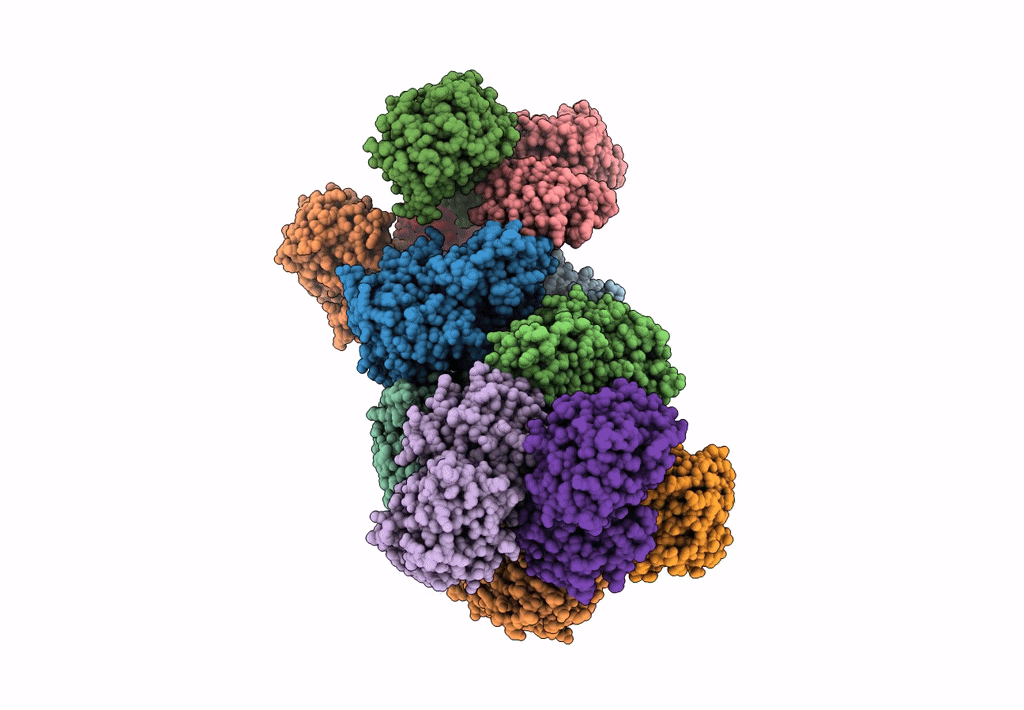
Deposition Date
2020-10-02
Release Date
2021-05-05
Last Version Date
2024-10-23
Entry Detail
PDB ID:
7D72
Keywords:
Title:
Cryo-EM structures of human GMPPA/GMPPB complex bound to GDP-Mannose
Biological Source:
Source Organism:
Homo sapiens (Taxon ID: 9606)
Host Organism:
Method Details:
Experimental Method:
Resolution:
3.40 Å
Aggregation State:
CELL
Reconstruction Method:
SINGLE PARTICLE


